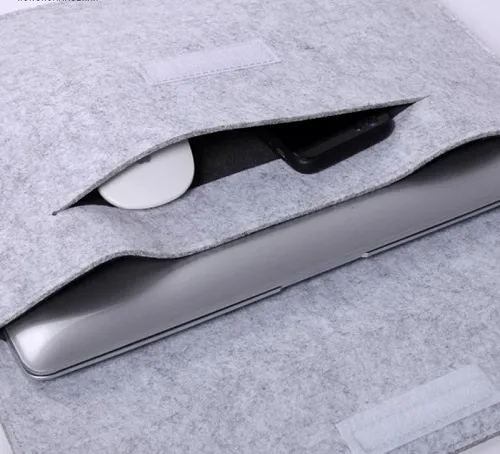Exploring Techniques in Crafting and Designing with Felt Fabric Materials
Exploring Felt Fabric Construction A Comprehensive Overview
Felt fabric, a textile known for its unique properties and versatility, has been used for centuries in various applications, ranging from clothing to industrial products. The construction of felt fabric involves a fascinating blend of natural and synthetic fibers, which are processed using distinct methods to create this dense, non-woven material. This article aims to provide an in-depth understanding of felt fabric construction, detailing the materials used, the manufacturing process, and its various applications.
Materials Used in Felt Fabric
Felt fabric can be made from a variety of fibers, including wool, synthetic fibers like polyester and acrylic, and blends of both. Wool is the traditional choice due to its excellent insulating properties and ability to hold shape. The natural crimp and scales of wool fibers allow them to interlock when subjected to heat, moisture, and pressure, which is central to the felt-making process.
Synthetic fibers have gained popularity because they can be produced at a lower cost and can be engineered to meet specific performance criteria. For instance, polyester felt is highly durable, resistant to shrinking, and can be produced in various colors and densities, making it suitable for a wide array of applications.
The Manufacturing Process
The construction of felt fabric typically involves three main steps carding, wet felting, and finishing
.1. Carding The first step in felt production is carding, where fibers are disentangled, cleaned, and blended. The carding machine consists of a series of rotating drums covered with wire teeth that separate and align the fibers. This process creates a bat of fibers that is uniform and ready for further processing.
felt fabric construction

2. Wet Felting After carding, the fibers undergo wet felting, which is essential for the interlocking of fibers. This can be achieved through a combination of hot water, soap, and agitation. The moisture and friction cause the scales on the wool fibers to open, allowing them to lock together. For synthetic felts, a similar process may be applied, often using heat and pressure to bond the fibers without the need for water.
3. Finishing Once the felting process is complete, the fabric undergoes finishing treatments to enhance its texture and performance. This may include rolling, pressing, and trimming the edges to ensure quality and uniformity. Finishing processes can also impart additional characteristics, such as water resistance or a softer feel.
Applications of Felt Fabric
The versatility of felt fabric lends itself to numerous applications across various industries. In the fashion world, felt is often used to create hats, bags, and home décor items due to its aesthetic appeal and unique texture. In craft and DIY projects, felt fabric is a favorite for making toys, decorations, and educational materials, as it can be easily cut and glued without fraying.
In industrial applications, felt fabric is employed for soundproofing, insulation, and padding in automotive and construction industries. Its ability to absorb shock makes felt an ideal material for protective equipment and soft surfaces.
Conclusion
Felt fabric construction is a remarkable process that transforms raw fibers into a versatile material used in countless applications. Whether made from natural wool or synthetic blends, the unique properties of felt, such as durability, insulation, and aesthetic flexibility, continue to make it a popular choice across industries. Understanding this construction process not only showcases the artistry behind felt but also highlights its importance in both contemporary and traditional uses. As innovation in materials science continues, the future of felt fabric construction promises to expand even further, offering exciting possibilities for designers and manufacturers alike.
-
What Makes Felt a Great Choice?NewsNov.19,2024
-
Total Mixed Ration (TMR) Feed for CattleNewsNov.19,2024
-
The Ultimate Guide for Felt Polishing WheelsNewsNov.19,2024
-
Industrial Felt for Various ApplicationsNewsNov.19,2024
-
Felt Makeup Bags and Inserts BagsNewsNov.19,2024
-
Choosing the Right Hotel TowelsNewsNov.19,2024
-
Your Go-To Guide For Affordable Wholesale Wool FeltsNewsOct.31,2024







